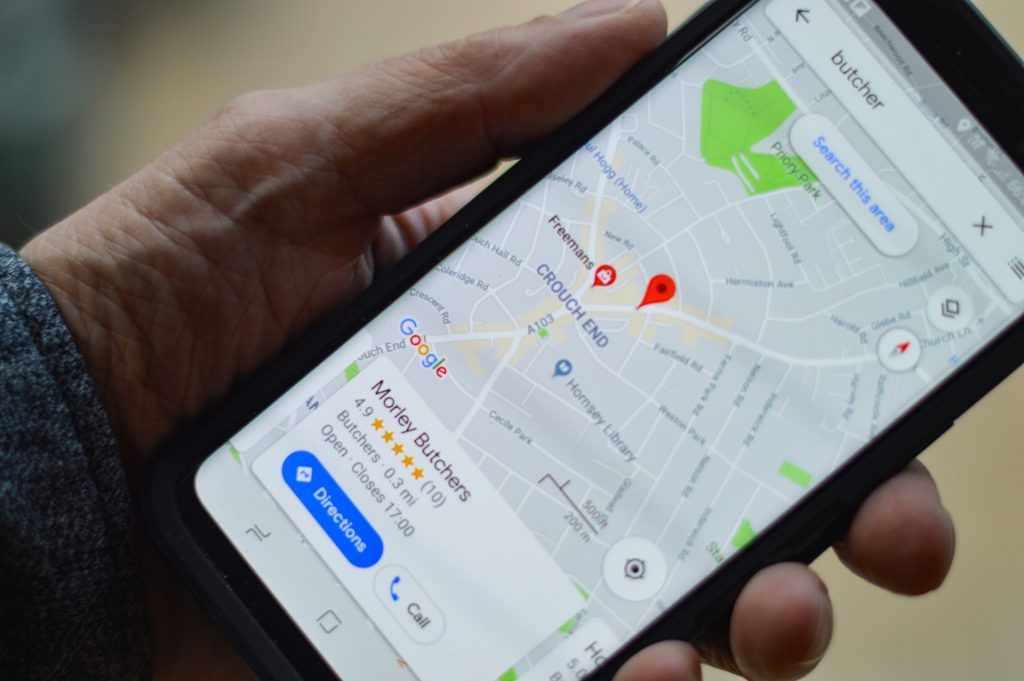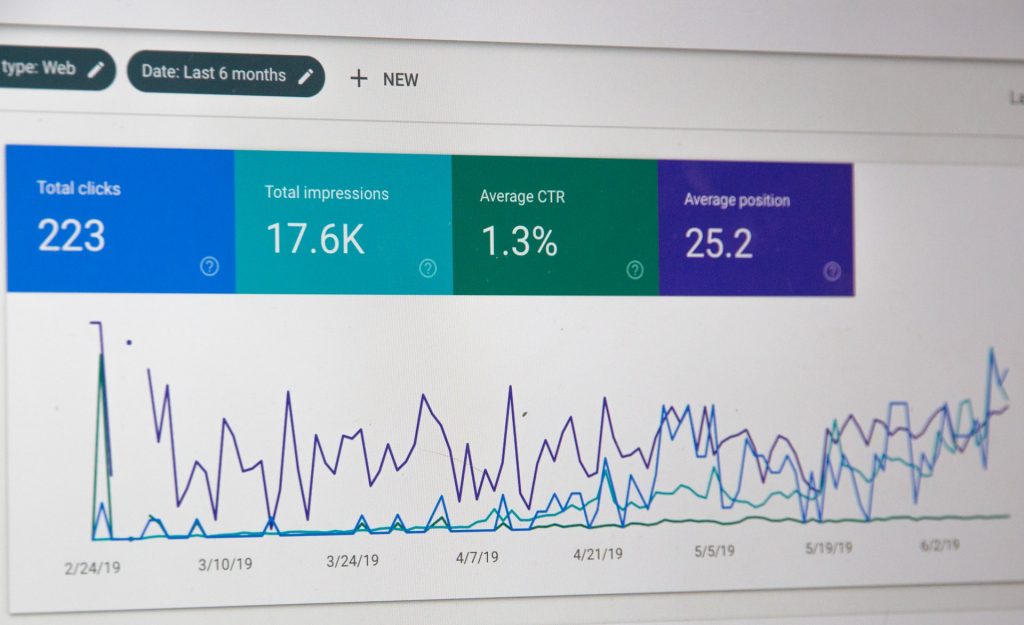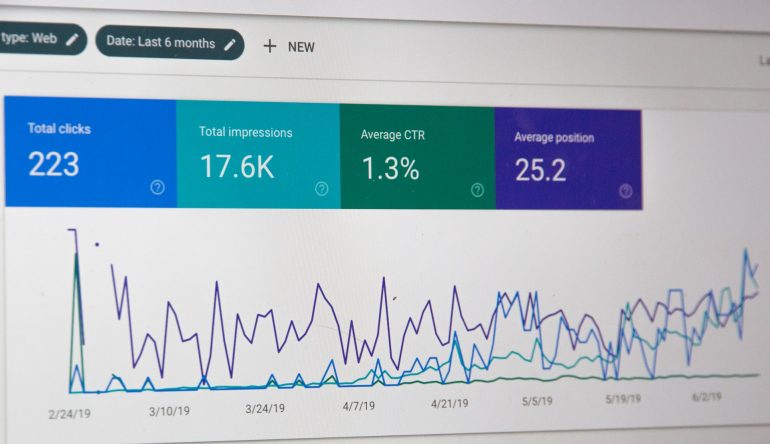Launched in 1998, Google is the most used search engine today. The day it was launched, it started growing rapidly. In 2004, it went public, becoming one of the biggest media companies in the world. It has since released a number of services, including the ever so useful Google maps, the great Gmail and Google Chrome, which are all widely used.
Google itself didn’t get the title of the most used search engine by sheer coincidence and luck, in fact, the work on Google hasn’t stopped since it launched. The company always thinks of their users and how to make the user experience as good as it can be, which causes them to roll out frequent Google algorithm updates.
These Google algorithm updates cover a number of things, from the less noticeable changes to changing the way pages get ranked in the search pages.
Let’s look at the major updates and how they changed the way the internet works.

1. Google Panda Update – 2011
This was the first of the Google algorithm updates that brought major changes to the engine.
The reason for the Panda update was a huge number of websites with low-quality content. Owners of those websites used shady practices to climb search pages and be in the top results, including content theft and copying. But not only did they misuse search engine optimization, it is also highly possible that the services and products they offered were of subpar quality, which then affected Google.
Check out our latest blog about: 3 types of content according to Google!
The user experience was bad and online journalists wrote articles about Google’s decrease in quality, hence why Google decided to make a change and roll out this update.

This update reduced the rankings of low-quality sites and pushed the high-quality ones further up, aiming to provide a better user experience.
Find out more about: Ultimate guide for improving UX knowledge!
If you were to use Google before this update and needed some valuable information, it would be hard to find it. You would look it up, and the first three websites would look identical: they would be low-quality websites looking like someone created them in a matter of hours.
The content on them would be scarce and would consist only of a few sentences, all with similar phrasing and keyword stuffing. Often, it would also be full of grammatical mistakes and there would also be ads everywhere, making up most of the page.
The Panda Google algorithm update removed that kind of websites from the top results, pushing them further down and giving them a chance to improve. Websites then started producing content that was original and more quality and removed the copied and stolen content.
2. Google Penguin Algorithm Update – 2012
This Google algorithm update had a similar aim to the Panda one – to decrease the ranking of low-quality websites.
After the Panda update, low-quality and shady websites started coming up with new techniques that would allow them to cheat the algorithm and get better rankings, which is why Google was forced to then roll out the Penguin update. These techniques are today known as ‘black hat SEO’, and can result in website bans.

While Panda targeted websites with low-quality content, Penguin was focused on shady link practices.
As you probably already know, the SEO of a website is greatly affected by the number of links that point to it, so, the more websites feature your links, the better your search engine page ranking is.
To achieve this, websites would manipulate links, which the Penguin update put a stop to.
The Penguin update also came with a list of guidelines that, if violated, would result in an immediate penalty and drop in search page rankings.
You may know these guidelines by the name of Webmaster Guidelines, and if you visit their page, you will find a list of bad techniques that can hurt your website.
If you’re interested, you can click here to learn more about Google’s rules when it comes to links.
3. Google Hummingbird Update – 2013

The Hummingbird Google algorithm update was entirely focused on the search and the way users interact with it. Before this update, a search was very much literal, so Google wanted the algorithm to understand the user’s intent better so it would give them better results.
Hummingbird improved the algorithm’s understanding of context, natural language, and what meaning different words had when they were used together.
It gave more meaning to semantic search and long-tail keywords, affecting about 90% of searches worldwide.
Hummingbird also leads to website owners changing their content to make it sound more natural, so their ranking would be improved.
4. Google Mobile Update – 2015
On April 21st, 2015 Google made a post on the Webmaster Central Blog about their new upcoming mobile-friendly update.

Mobile browsing was picking up in 2015, and upon seeing that, Google decided to make their service even more user-friendly and make the user experience even better.
So, the aim of this update was to make mobile browsing friendlier, so mobile users would have a better and easier time searching on Google.
Simply put, if your website wasn’t mobile-friendly, your rankings on mobile dropped and your competitors with mobile-friendly websites got the advantage over you.
It didn’t have as much impact as the three previously mentioned updates – mostly because Google warned their users that Hummingbird was happening 2 months before they rolled it out. This gave people the chance to adjust their websites and pages before the update came out.

5. Google Quality Update – 2015
This Google algorithm update is also known as the Phantom update and was rolled out in May 2015. Its aim was to improve the way the algorithm assessed the quality of websites, making the results on search pages more relevant to the users.
Just like the first two Google algorithm updates we mentioned in this post, this update prioritized high-quality websites over the low-quality ones.
Websites with articles with really bad and short content that provided no information got affected, as well as websites with tons of ads and content that were written not to provide information but to earn them revenue from on-page advertising.

Unlike the Hummingbird update, this one hit websites pretty hard. HubPages, a website that features hundreds of thousands of usually short articles, saw a traffic drop of 22%.
WikiHow, Answers.com, and eHow all saw drops, as well. The connection between these websites is obvious – most articles featured on them have no real value to the user. They’re full of clickbait titles and have thousands of really short articles that provide no useful information whatsoever.
Learn more about what Google considers quality pages and websites, and check out: Search engine optimization starter guide!
6. Google RankBrain Update – 2015
Here’s another Google algorithm update that was focused on providing better search results to the user.
It got its name after RankBrain, which is the name of Google’s artificial intelligence.
RankBrain was made with the purpose to provide more relevant search results to Google’s users, and it is so important that Google listed it as the third most important ranking factor, along with links and content.

The RankBrain artificial intelligence has advanced user intent understanding, in order to give the user the most relevant results on the search pages. Whenever a user looks up something on Google, RankBrain goes through thousands of pages and settles on displaying only the ones it deems most relevant.
In order to learn how to display the appropriate results, RankBrain processes tons of content and information using machine learning. Pretty interesting, don’t you think?
7. Google Fred Update – 2017
In March 2017 Google rolled out a series of Google algorithm updates that an analyst at Google jokingly titled Fred.
This is another Google algorithm update that focused heavily on website quality, but this one wasn’t announced, causing panic among website owners once it got deployed.
The aim of this series of updates was to find even more websites using black hat SEO techniques and aggressive advertising, which both provide for extremely poor user experience.

We all already know how much Google values user experience, so websites that had more ads than useful content got hit once again by another of their updates.
Soon after the update was rolled out, Barry Schwartz of Search Engine Land did an analysis of 100 websites that got affected by this update. All the websites he analyzed had two things in common – they were all content-driven and had tons of ads.
Schwartz concluded that the majority of them existed for the sole purpose of generating on page ad revenue, and the content on them was usually useless for the user. After the Fred update, these websites experienced large drops in organic traffic – from 50% to 90%.
Wrapping up
This most popular search engine in the world has had a long history of improvements and updates. Every year, they roll out hundreds of updates, aiming to make their search engine and the experience of using it as best as it can be.
Some updates are small, barely noticeable, but some are much bigger, shaking the online world and confusing the website owners that didn’t know they were doing anything wrong.
The Panda update was the first Google algorithm update that brought big changes. This is the first time Google’s algorithm pushed low-quality websites further down the search pages, giving priority to the high-quality ones.
Penguin focused on websites that misused links to their advantage and came up with a penalty system if the website violated their webmaster guidelines. Hummingbird brought search refinement and improved the way the algorithm understands user intent and what the user wants to see in the results.
The Mobile Update followed, making the user experience on mobiles much better than it was before, and forcing webmasters everywhere to make sure their websites are suited for mobile. The Quality Update, also known as Phantom, further improved the user experience by affecting more low-quality websites with bad content.
The RankBrain update introduced the RankBrain, Google’s artificial intelligence that works on providing even better and more relevant search results to users. And last, but not least, the Fred update cleaned up the search pages of websites with aggressive advertising and barely any useful content.
Hopefully, this has been an interesting read and thank you for dropping by!
If you need professionals for SEO services





